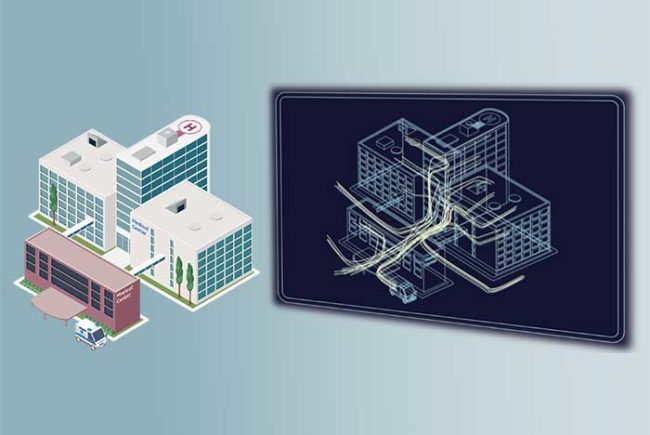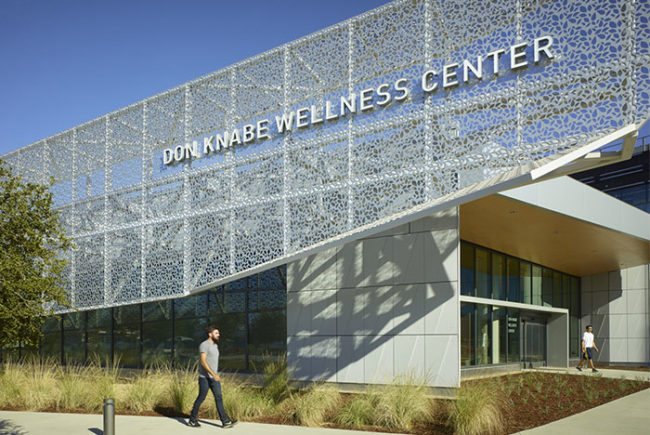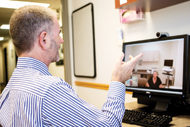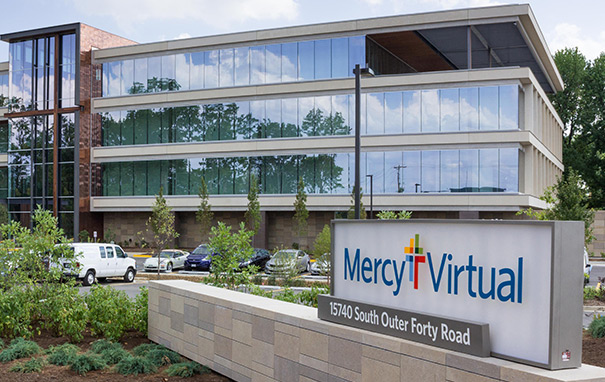 |
|
Photo courtesy of Mercy Health The world's first virtual care facility opened it doors Oct. 6 in Chesterfield, Mo. The Mercy Virtual Care Center is 125,000 sq. ft. of state-of-the-art design meant to house 330 workers but no patients. Medical teams at the care center treat patients who are located remotely at Mercy hospitals, physicians offices and even at their own homes. |
The cutting edge of health care technology is not found in Silicon Valley or New York City or Seattle. Instead, what is being called the world's first virtual care center is found smack in the middle of the nation's heartland in Chesterfield, Mo.
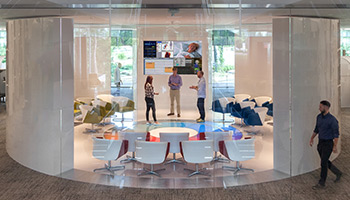 |
|
Photo courtesy of Mercy Health An innovative design invites collaboration among colleagues at Mercy’s Virtual Care Center and remotely at the patient bedside. |
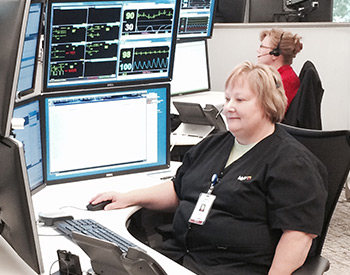 |
|
Photo courtesy of Mercy Health Mercy SafeWatch is the largest single-hub electronic intensive care unit (ICU) in the nation. Doctors and nurses use multiple monitors at stations where they can keep track of patients’ vital signs and provide a second set of eyes to bedside caregivers in 30 ICUs across five states. |
The doors opened Tuesday at Mercys Virtual Care Center, the world's first facility dedicated entirely to telemedicine outside its own walls. A four-story, 125,000-sq. ft. building, the Virtual Care Center houses 330 Mercy staff, but no patients.
"It's like a hospital without beds," says Randy Moore, president of Mercy Virtual. "We have the medical team here, but with technology like highly-sensitive cameras and real-time vital signs, our providers can 'see' patients where they are. That may be in one of Mercy's traditional hospitals, a physician office or, in some cases, the patient's home."
The $54 million building is the nerve center for Mercy's existing telemedicine programs and includes:
- Mercy SafeWatch – Launched in 2006, it's the largest single-hub electronic intensive care unit (ICU) in the nation. Doctors and nurses monitor patients' vital signs and provide a second set of eyes to bedside caregivers in 30 ICUs across five states. SafeWatch ICUs have seen a 15 percent reduction in patient length of stay.
- Telestroke – Many community emergency departments across the country don't have a neurologist on-site. With Mercy's telestroke program, patients who come to the ED with symptoms of a stroke can be seen immediately by a neurologist via telemedicine.
- Virtual Hospitalists – A team of doctors is dedicated to seeing patients within the hospital around-the-clock using virtual care technology. They can order needed tests or read results, resulting in quicker care.
- Home Monitoring – Mercy provides continuous monitoring for hundreds of chronically ill patients in their homes after hospitalization.
Mercy's Virtual Care Center is also designed to be a workspace for innovations in patient care and product testing. With meeting spaces that boast multiple floor-to-ceiling whiteboards on tracks and giant computer monitors, the building invites collaboration and new ideas for getting care to patients when and where they need it, with less expense.
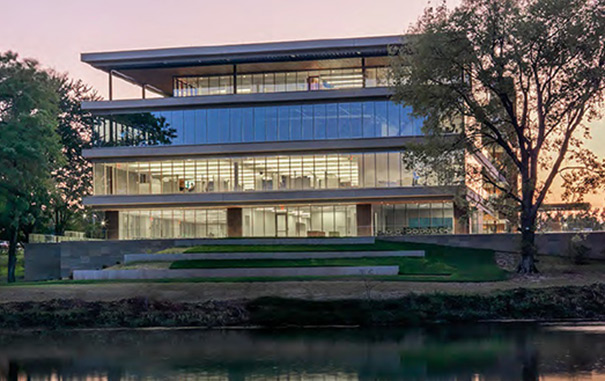 |
|
Photo courtesy of Mercy Health Construction of the four-story Virtual Care Center took both aesthetics and storm water run-off into account, with a small lake on the site enlarged to enhance the setting and better capture run off. |
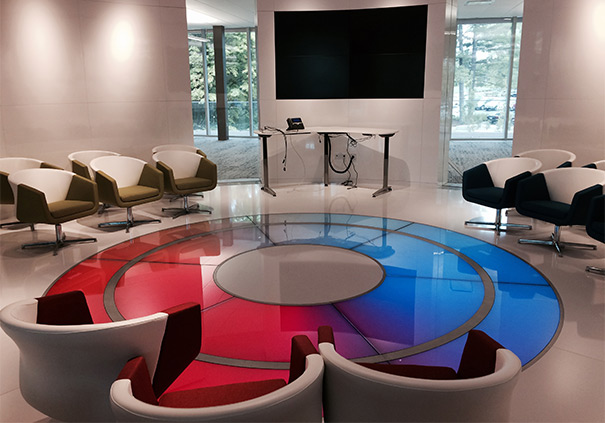 |
|
Photo courtesy of Mercy Health Collaborative spaces were designed with bold features that serve to inspire new thinking among colleagues. |
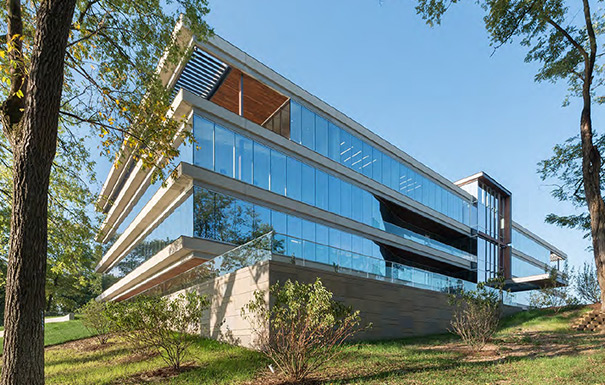 |
|
Photo courtesy of Mercy Health Most building sites are cleared before construction, but not this one. Instead, the terrain and topography were carefully studied before a single shovel was lifted. As a result, more than 70 percent of the existing landscape was preserved. |



